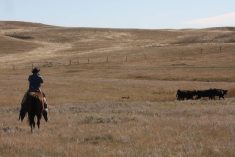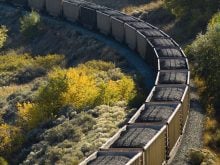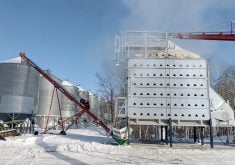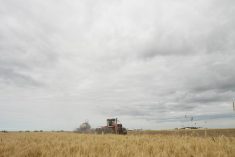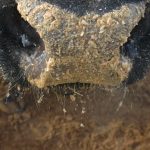The old rules about needing to own land to farm, or not holding farmland unless you did, don’t apply
Growing and marketing crops in Western Canada has always been a risky business.
Between weather issues, market volatility, high input costs, regulatory restrictions and now rising interest rates, the risks associated with dryland crop production are mounting every year.
What’s a producer to do with cash rental rates approaching $200 an acre in some areas and a productive farmland attracting bids of $5,000 per acre, or more?
In a recent web event held Jan. 18, investment managers shared their views on the best path forward for prairie landowners.
Read Also
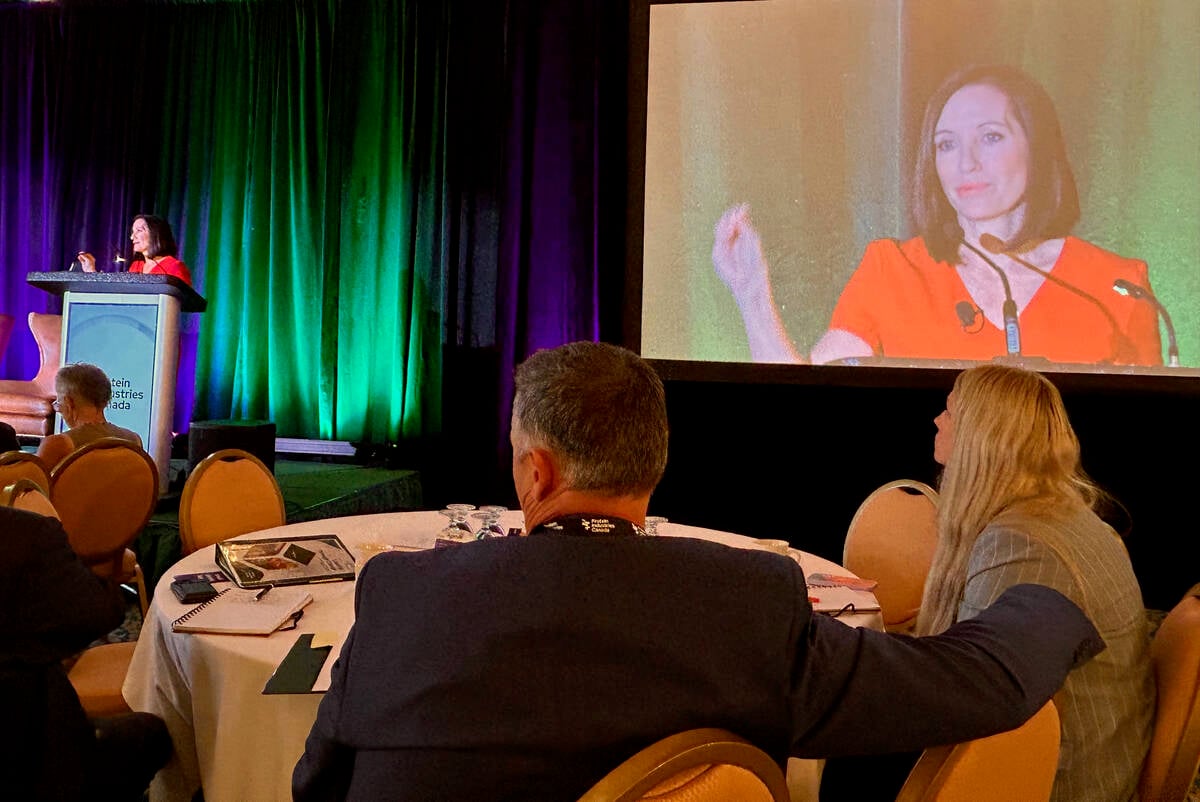
Canada told trade crisis solutions in its hands
Canadians and Canadian exporters need to accept that the old rules of trade are over, and open access to the U.S. market may also be over, says the chief financial correspondent for CTV News.
In their opinion, it’s still a great idea to buy productive farmland, even at today’s elevated prices. But it’s not so smart to farm it.
“The best risk adjusted return (on farmland) comes from owning the land, not operating it,” said Stephen Johnston, a managing partner with Veripath Farmland Partners.
“When you own the land and operate a farm, you pick up a lot of volatility” associated with fluctuating commodity markets, weather-related production problems and so on, he said.
“We own farmland. We cash rent it. But we do not operate farms.
“When you operate (a farm), you allow the volatility of commodity prices to bleed into your returns, and unfortunately, you don’t get compensated for it.”
Veripath is a Calgary-based investment fund that manages more than 110,000 acres of Canadian farmland, primarily in Saskatchewan, Manitoba and Alberta.
It is also the creator of Canada’s first registered retirement savings plan eligible farmland investment fund. It has big plans to acquire more dirt in Canada’s Prairie provinces
According to Johnston, economic uncertainty heading into 2023 shouldn’t dampen investor appetite for acquiring productive farmland.
Even in times of rising interest rates and volatile commodity markets, prairie farmland continues to be an attractive investment opportunity.
As a hedge against inflation, farmland investments have delivered impressive results, he said.
Canadian farmland has consistently outperformed other investments such as residential and commercial real estate, stocks and bonds — especially in periods of high inflation or stagflation.
During the 1970s, a decade that saw inflation rates rise to generational highs, Canadian farmland values increased every year, Johnston said.
By comparison, non-agricultural real estate assets saw six years of positive returns and four years of negative returns during the 1970s, while stock portfolios saw only four years of positive returns.
In case you were wondering, Canada’s annual rate of inflation for the 10-year period from 1973 to 1982 was a mind-boggling 9.6 percent, according to International Monetary Fund data.
“If you look at the 1970s, stocks, bonds and commercial real estate (in Canada) all suffered nominal losses, meaning they ended the decade lower than they started,” Johnston said.
“Farmland, by comparison, in nominal terms, went up over 400 percent in Canada (during the 1970s) and in real terms it went up over 275 percent.”
Johnston described farmland as arguably “the most unique commodity production asset on the planet.
“It’s the only non-depleting production asset,” he said.
Every other production asset that’s used to produce crops — be it fuel, machinery or crop nutrients — is subject to depletion over time, he explained.
For that reason, farmland that’s properly managed is effectively discounting its ability to produce an infinite series of crops.
What’s more, global demand for what farmland produces, food, is the most essential and inelastic of all goods and services.
In a nutshell, they’re not making any more farmland. And the world is always going to need nutritious food.
That’s a compelling pitch for non-farmer investments in farmland.
The key, says Johnston, lies in mitigating risk; letting someone else buy the inputs, grow the crops and sell the grain.
Veripath manages more than 100,000 acres of Canadian farmland and it hopes to significantly expand those holdings.
Johnston said Veripath hopes to increase the size of its Canadian farmland portfolio to 300,000 acres by the end of 2024.
To support that goal, the company has also devised an automated farmland management monitoring system to ensure that its holdings are being managed properly, using sustainable farming practices.
In Johnston’s words, Veripath wants to make sure its cash renters are managing the land, not mining it.
Veripath’s automated monitoring program allows the company to collect farmland management data using satellite and NDVI technology.
The platform is designed to monitor the health and productivity of farmland holdings, using technology rather than boots-on-the ground observers.
Monitoring is efficient, cost-effective and scalable, regardless of how quickly the fund’s farmland holdings grow.
Veripath’s farm renters are also required to provide annual management reports that provide details on important management factors, such as cropping history, herbicide applications, machinery passes and fertilizer rates, for example.
“We’ve never had any farming practice problems, ever, in 16 years, but if the farmer were to say he grew canola and the satellite were to say it was wheat, the system would automatically flag that and ask for an explanation,” Johnston said.
Inconsistencies in crop rotation data would prompt a crop-rotation alert that would be sent automatically to Veripath investment managers for follow-up inquiries, he added.
“You can see, that as we expect to get to 300,000 or 400,000 acres, and you’re making these measurements for every (quarter section), … that it would really be practically beyond the capability of human beings to cost effectively and reliably manage this,” Johnston said.
“(Veripath’s) system does all of this. It’s all automated.” .
“This is a really big competitive advantage because you want to own and not operate. But if you don’t operate, your monitoring has to be impeccable.”
Farmland assets managed by Veripath are acquired according to a complex value assessment model that considers several variables, including farmland productivity.
Canadian farmland prices have increased significantly over the past decade or two, but even at today’s prices, they still represent a compelling investment opportunity.
Over the past 15 years, farmland has consistently outperformed all other asset classes in terms of annual returns on investment, he said.
“I would suggest that an unlevered rate of return of 10.7 percent, excluding rental income, is a compelling return number.”







